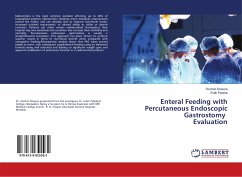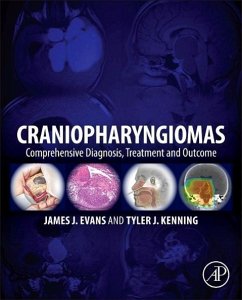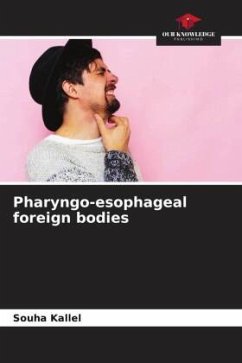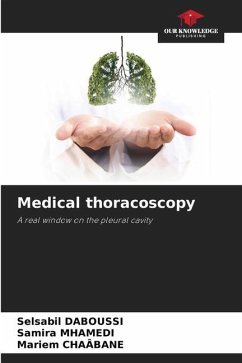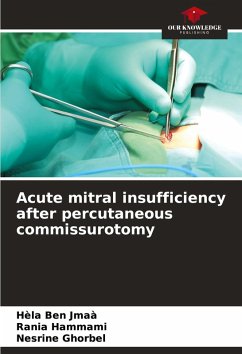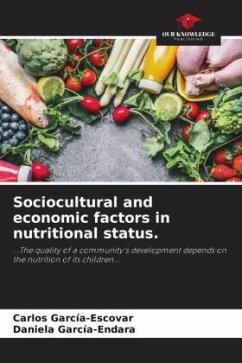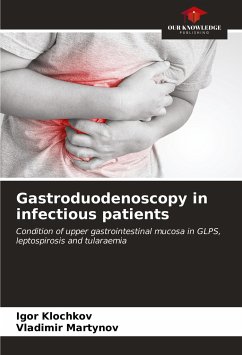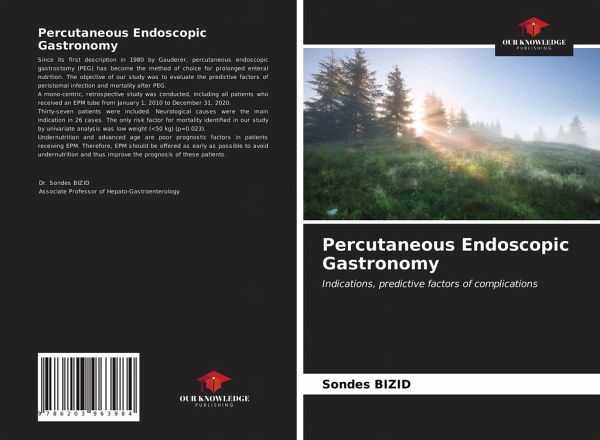
Percutaneous Endoscopic Gastronomy
Indications, predictive factors of complications
Versandkostenfrei!
Versandfertig in 6-10 Tagen
27,99 €
inkl. MwSt.

PAYBACK Punkte
14 °P sammeln!
Since its first description in 1980 by Gauderer, percutaneous endoscopic gastrostomy (PEG) has become the method of choice for prolonged enteral nutrition. The objective of our study was to evaluate the predictive factors of peristomal infection and mortality after PEG.A mono-centric, retrospective study was conducted, including all patients who received an EPM tube from January 1, 2010 to December 31, 2020.Thirty-seven patients were included. Neurological causes were the main indication in 26 cases. The only risk factor for mortality identified in our study by univariate analysis was low weig...
Since its first description in 1980 by Gauderer, percutaneous endoscopic gastrostomy (PEG) has become the method of choice for prolonged enteral nutrition. The objective of our study was to evaluate the predictive factors of peristomal infection and mortality after PEG.A mono-centric, retrospective study was conducted, including all patients who received an EPM tube from January 1, 2010 to December 31, 2020.Thirty-seven patients were included. Neurological causes were the main indication in 26 cases. The only risk factor for mortality identified in our study by univariate analysis was low weight (<50 kg) (p=0.023).Undernutrition and advanced age are poor prognostic factors in patients receiving EPM. Therefore, EPM should be offered as early as possible to avoid undernutrition and thus improve the prognosis of these patients.



